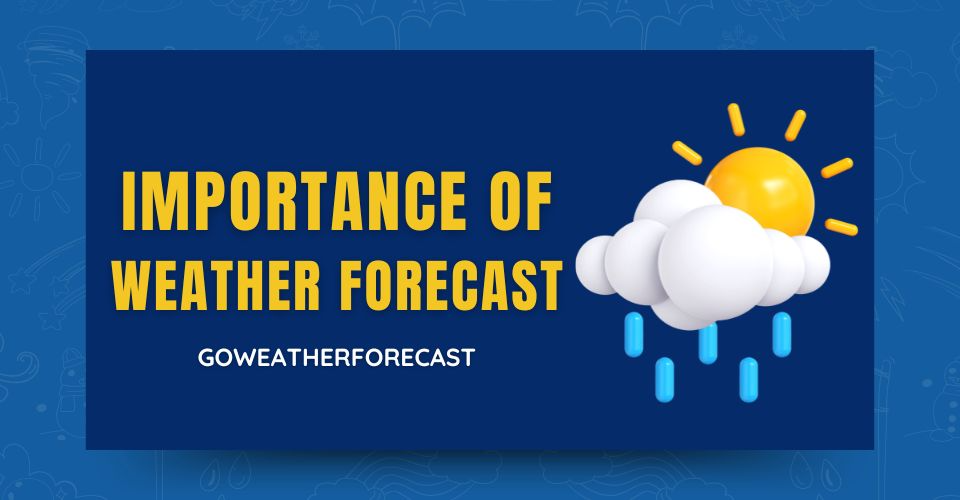WHO Gets Ready for El Nino-Linked Spread of Viral Disease
According to Tedros Adhanom Ghebreyesus, director general of WHO, viral infections including dengue, Zika, and chikungunya could spread more widely due to the El Nino weather phenomena.
After three years of the La Nina climatic trend, El Nino, a rising of ocean surface temperatures in the eastern and central Pacific Ocean, has officially returned.
Later this year, as a result, extreme weather is predicted to occur, including tropical cyclones barreling toward the Pacific Islands, torrential rains in South America, and drought in Australia and certain regions of Asia.

WHO prepares for El Nino-linked spread of viral disease
"WHO is planning for the very high probability that 2023 and 2024 will be marked by an El Nino event.
It could increase transmission of dengue and other so-called arboviruses, such as Zika and chikungunya," said Ghebreyesus.
The head of the WHO also issued a warning, noting that mosquito reproduction is being aided by climate change.
Also, that dengue incidence has already drastically increased in recent decades, particularly in the Americas.
This year, much of Peru has declared a state of emergency, and last week, Rosa Gutierrez, the country's minister of health, resigned due to an increase in dengue infections.
The disease, which causes fever, headache, muscle and joint discomfort, nausea, vomiting, and exhaustion, is spread by the bites of aedes aegypti mosquitoes.
![10 Health & Safety Precautions During Rainy Season [Be Careful]](https://admin.goweatherforecast.com/images/1732692097.png)








0 Comments
Leave a Comment
Your email address will not be published. Required fields are marked *